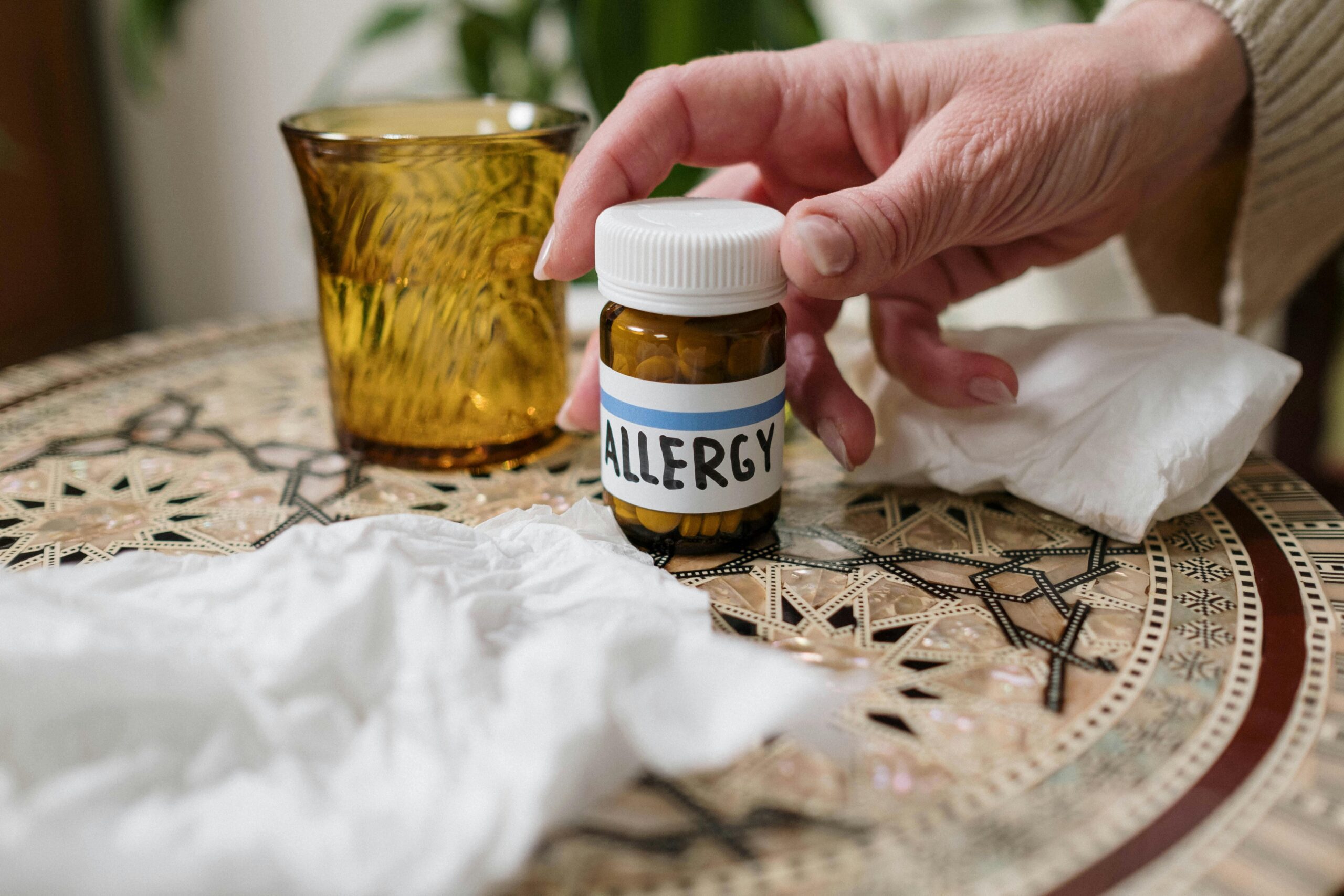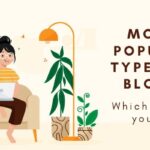Homeopathy is a highly systematic method of powerfully stimulating the body’s vital force to cure illness.
It is:-
- regards to an effective treatment
- follows a holistic approach to health
- follows some insightful principles of nature.
“Homeopathy” was coined by Samuel Hahnemann from two Greek words meaning “similar suffering” or “likes cures like”.
Homeopathic principles have been known for thousands of years, but it was not until the end of the 18th century that Hahnenman, a brilliant German doctor and chemist started the development of modern homeopathy.
Homeopathy is not only an energy medicine, but is also holistic. Symptoms are considered signs of distress or adjustment.
The correct remedy removes cause of problem, distressing symptoms, will then fade away.
Homeopathy is safe to use and does not treat the removal of symptoms as an end.
It individualizes and recognizes that even if 2 people are diagnosed as having some illness, they become ill in different ways and need different remedies to effect a proper cure.
EARLY YEARS:-
In 5th century BCE, Greek physician Hippocrates established the idea.
- the disease was the result of natural forces
- Patient’s powers of healing should be encouraged.
Hippocrates developed the use of “LAW OF SIMILARS” based on the principle of “like cures like”. Substances capable of causing illness symptoms in healthy people could treat similar symptoms during illness.
For eg – Rx. Veratrum Album was considered effective against cholera but can cause violent purging that led to severe dehydration if administrated in large doses.
EARLY HISTORY AND HISTORY OF HOMEOPATHY:-
1ST TO 5TH CENTURY CE:-
- Between 1st-5th century, Romans made further developments in medicine by introducing more herbs.
- Existing medical knowledge was codified and rationalized by Galen, a Roman physician, angonist and physiologist.
Human body was made up of 4 humors:-
- blood
- choler (Yellow bile)
- melancholy (black bile)
- Phelgm
4 elements must be kept in balance to ensure validity and health.
SAMUEL HAHNEMAN AND ORGIN OF HOMEOPATHY:-
Began practicing in 1780. He continued to practice for 9 years.
Extreme medical practices:-
- Extreme medical practices
- Good public hygiene
- Improved housing conditions
- Better nutrition
- Fresh air
- Exercise
ORIGIN OF HOMEOPATHY:-
- In 1796 he published his first book “A New Principle for Ascertaining Curative Powers of Drugs, and Some Examinations of Previous Principles.”
- In 1810 Hahneman published a systematic treatise called “THE ORGANON OF MEDICAL ART.”
- Hahneman proved about 100 remedies during his lifetime.
- Gave only one medicine at a time.
During 19th century, homeopathy spread from Europe to Asia and America.
- Fredeick Quin (1799-1878) an English doctor was cured of cholera by Rx. Camphaa Remedy.
- Quin introduced homeopathy in UK, founding first homeopathic hospital in London in 1849.
- Between 1860-1890, Homeopathy flourished.
DEVELOPMENT OF HOMEOPATHY – 20TH CENTURY:-
- By late 19th century, homeopathy had become a significant part of UK medical practice. Homeopathy became overshadowed due to British Medical Association (BMA)
- Strict followers of Hahnemann and Kent’s original followed “Classical” or “Kentian constitutional prescribing.
- Led by British homeopath Dr. Richard Hughes (1836-1902) began to prescribe on pathological symptoms alone, following low doses.
HOMEOPATHY IN UK:-
NHS IN 2017.
Homeopathy practiced privately. The price for a consultation with a homeopath can vary from around 30 pounds to 125 pounds. Homeopathic tablets cost around 4 pounds to 10 pounds.
HOMEOPATHIC REMEDIES FOR BOILS:-
- Rx. BELLADONNA – initial inflammation.
- Rx. HEPAR SULPHUR – remedy for boils that develop from small cut or scrape.
- Rx. SILICEA – remedy for boils. Slow to heal after pus has drained.
ACNE:-
Acne includes common blemishes such as:-
- blackheads (come dones)
- whiteheads (milia)
- yellowheads (pustules)
Acne is associated with high hormone levels. Acne may be exacerbated by taking drugs or by stress.
REMEDIES FOR ACNE:-
- Rx. KALI BROM — itchy pimples on face and shoulder
- Rx. HEPAR SULPH – Painful, pus-filled pimples
- Rx. PULSATILLA – Acne associated with imbalance.
ECZEMA:-
Eczema is inflamed and itchy with scaly patches. Allergic reaction to various chemical irritants, plants, food, or metals or hereditary.
REMEDIES FOR ECZEMA:-
- Rx. ARSENICUM — Eczema with restlessness.
- Rx. SULPHUR – Dry Eczema
- Rx. GRAPHITES – Eczema that is worst behind the ears.
UTRICARIA:-
This condition consists of raised red patches and sometimes with paler centers that itch intensely. May be caused by food allergy, certain drugs, bites or stings, heat, cold, or sunlight. Hives may also be a symptom of stress or leaky gut syndrome.
REMEDIES FOR UTRICARIA:-
- Rx. APIS – Utricaria with swelling on lips and eyelids
- Rx. Urtica urens — for uriticaria with violently itchy bloches.
- Other remedies include Rx. Arsenicum, Rx. Dolcamara, Rx. Pulsatilla, Rx.Rhus Tox, Rx. Sepia
WARTS:-
A wart is caused by a virus that cells to multiply rapidly, forming a raised lump. Warts on the feet tend to grow inward due to pressure placed on them.
REMEDIES FOR WARTS:-
- Rx. Thuja – soft, fleshy, cauliflower-shaped warts that may appear anywhere on body.
- Rx. Causticum – for warts that appear on face, eyelids, and fingers near the nails.
- Rx. Ant.Crud – Plantar warts on soles of feet
- Rx. Sepia – large brown or black warts with hairs growing out of them.
- Rx. Dulcamara – Warts on back of hands that are hard, smooth or fleshy.
PROCEDURE:-
- Plant material such as leaves, roots and flower heads and some animal material such as star fish is chopped finely.
- Substance is put in a large glass jar, poured with solution of alcohol and distilled water (90% alcohol to 10% percent water.)
- The mixture is left to stand for a varing amount of time and then mixtures that are macerated for longer periods may be shaken at intervals.
- Plant material may be steeped for several days and weeks.
- Mixture is poured through a filter to strain it.
- Resulting liquid becomes the “Mother Tincture” for remedy and stored in dark glass jar.
- One drop of mother tincture is diluted in mixed of pure alcohol and distilled water.
- Two used seals are decimal and centesimal.
- Mixture is shaken vigrously.





